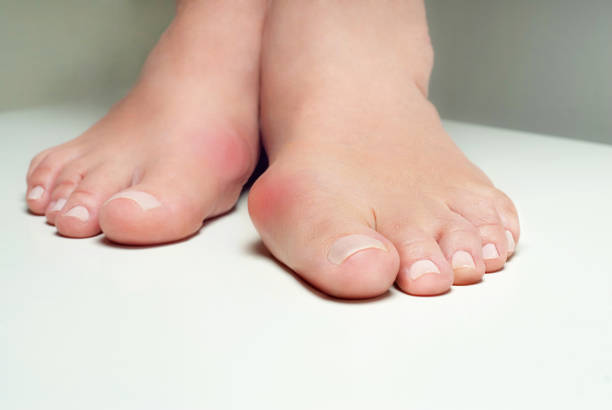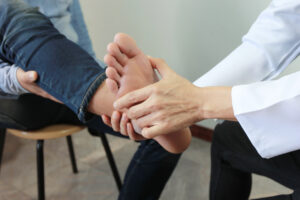It might seem like a small issue, but if you’ve ever dealt with an ingrown toenail, you know just how much it can throw a wrench in your daily routine. From the struggle of slipping on your shoes to the awkward limping during your morning MRT commute, it adds up. And if you ignore it, things can get worse, leading to infections or even more serious complications.
What Exactly Is an Ingrown Toenail?
An ingrown toenail occurs when the edge of your nail starts to grow into the skin around it. This is most often seen with the big toe, and given Singapore’s humid weather combined with long hours spent in closed shoes, it’s not surprising that many people find themselves facing this issue more than once.
Here are some signs that you might have an ingrown toenail:
- Redness or swelling along the edge of the nail
- Pain when pressure is applied (like when you’re walking or wearing shoes)
- Pus or discharge if an infection has developed
Common Causes in Singapore
There are several everyday habits and environmental factors that can lead to ingrown toenails:
- Wearing tight or narrow shoes (a frequent problem with office and school footwear)
- Improper toenail trimming (like cutting them too short or rounding the corners)
- Sweaty feet or poor hygiene (which is pretty common in Singapore’s heat)
- Foot injuries or repeated pressure on the toes (such as from sports or heavy lifting)
How to Treat an Ingrown Toenail at Home
If you’re dealing with a mild case, taking some early steps can help avoid complications:
- Soak your foot in warm, soapy water for about 15–20 minutes, 2–3 times a day.
- Make sure to keep the area clean and dry between soaks.
- Steer clear of tight shoes or heels, and try to wear open-toed footwear for a while.
- If you’re comfortable, gently lift the edge of the nail with a sterile cotton bud.
Note: If you notice increasing redness, swelling, or discharge, don’t hesitate. It’s best to seek professional help before an infection sets in.
When to See a Specialist
In Singapore, a podiatrist or orthopaedic specialist can offer effective treatment options:
- They might suggest nail edge removal under local anaesthetic for more painful cases.
- Partial nail avulsion (removing part of the nail and root) can help prevent regrowth.
- They can also provide guidance on custom footwear or insoles for those who have recurring issues.
If you have diabetes or circulation problems, it’s especially important to seek early treatment for ingrown toenails, which can escalate quickly in these situations.
Tips to Prevent Ingrown Toenails
Trim your nails straight across, avoiding a curved shape.
- Don’t cut your nails too short.
- Keep your feet dry and clean, especially in Singapore’s humid climate.
- Opt for roomy, breathable shoes.
If you’re experiencing recurring discomfort, it’s worth checking in with a foot specialist.
An ingrown toenail might seem small, but it can have a big impact. Taking early action to treat and prevent them can save you a lot of discomfort and help you stay confidently on your feet.
If you’re dealing with ongoing toe pain or discomfort, don’t hesitate to reach out to Orthopedic Spine Specialist to explore treatment options that really work.













